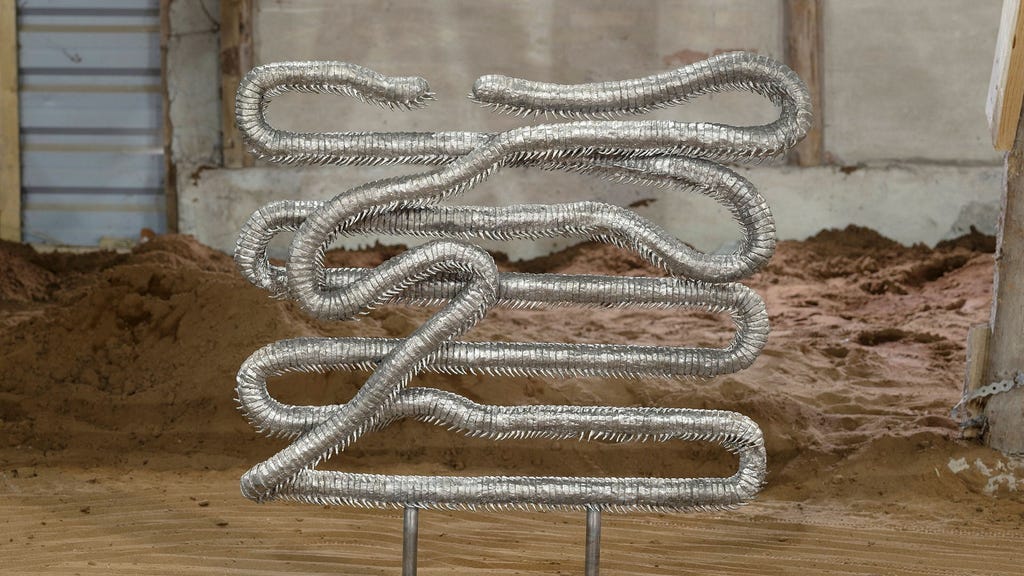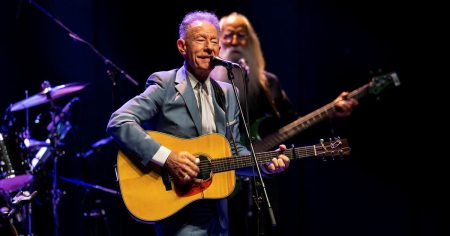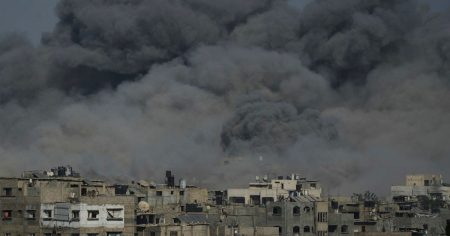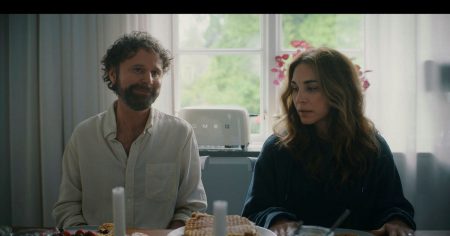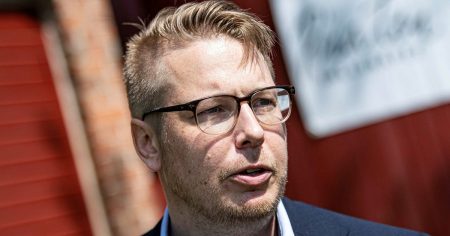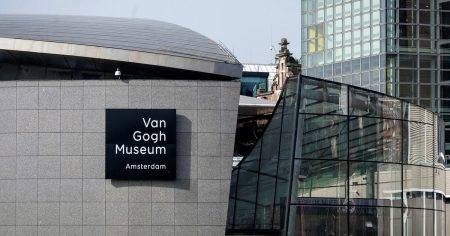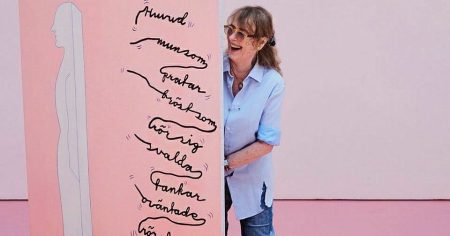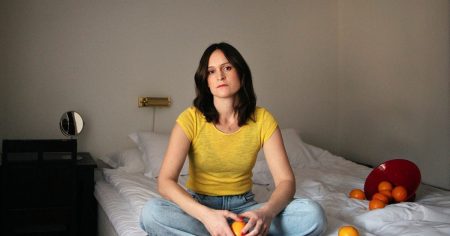The audacious dream of a dry Öresund: A history of visions and controversies
The year is 1953. A provocative headline graces the front page of Dagens Nyheter, a prominent Swedish newspaper: "Öresund dry for a billion." The article, penned not by a journalist but by Ruben Rausing, the founder of Tetra Pak, outlines an ambitious, almost fantastical, proposal: draining the Öresund, the strait separating Sweden and Denmark. Rausing envisioned a utopian transformation, with new cities and thriving landscapes blossoming on the exposed seabed. While acknowledging potential drawbacks like disruptions to shipping, fishing, and the environment, he focused on the vast opportunities, particularly for Danish architects to reshape the landscape. The response was swift and dismissive. Experts ridiculed the idea, and Rausing retorted, accusing them of ignorance. However, Rausing’s vision was not an isolated incident. The Öresund has long been a focal point for grand schemes and ambitious projects, a testament to the human desire to reshape the environment.
Bridging divides and creating land: The enduring allure of transformation
While the Öresund Bridge, completed in 2000, finally connected the two countries, the idea had been simmering since the 19th century. More recently, in 2016, Sweco proposed three artificial islands between Copenhagen and Malmö for the Imagine Open Skåne 2030 competition. This was followed in 2018 by the Danish Prime Minister’s announcement of Lynetteholmen, an artificial island slated for construction between 2035 and 2070, envisioned as a new urban development housing 35,000 residents. These projects reflect a continuous fascination with altering the Öresund, driven by various motivations, from practical considerations like land creation and improved transportation to more visionary aspirations of reshaping the region.
“Drain the Öresund”: An exhibition exploring the narratives and impacts of regional transformation
Rausing’s audacious proposal serves as a starting point for the exhibition "Drain the Öresund" at Malmö Konsthall, curated by Matthew Post. Inspired by Jesper Meijling’s 2000 text analyzing Rausing’s vision, Post delves into the rich history of the region, exploring the interplay of political ideas, visions of progress, and the exploitation of land, environment, and people. The exhibition also examines the myths and narratives that have emerged from these ambitious projects, offering a nuanced perspective that encompasses both the positive and negative aspects of development. Post aims to move beyond simply condemning all development as destructive, instead embracing a more nuanced view that incorporates humor and abstraction into the complex social history of the region.
Unearthing hidden histories: Art as a lens on social, ecological, and political complexities
The fourteen artists featured in "Drain the Öresund" explore the region as a nexus of sociocultural, ecological, technological, economic, and political forces. They connect local narratives to global issues like migration, climate change, and economic development. Kalle Brolin, for example, investigates the dark history of Skåne’s coal and sugar industries, uncovering the exploitation of concentration camp survivors in sugar beet fields and the post-war harboring of Nazi war criminals. His film incorporates 17th-century paintings depicting the Swedish army’s march across a frozen Öresund, highlighting the historical context of Skåne becoming Swedish territory and the subsequent ethnic cleansing and displacement of the Danish population.
Borders, identity, and corporate power: Artistic explorations of contemporary tensions
The Öresund, once a symbolic bridge, has become a representation of increasingly stringent immigration policies. Hanni Kamaly’s metal sculptures, named after deported migrants from the early 20th century, poignantly address this issue. Ina Nian’s "Black Noise" project exposes the complicity of the Swedish government and businesses in the transatlantic slave trade, while Hannibal Andersen tackles the corporate appropriation of color, using trademarked color schemes of multinational companies to highlight questions of national identity and ownership. These artistic interventions explore the often-overlooked social and political tensions inherent in the region’s history and present.
Myths, mysteries, and alternative futures: Reimagining the Öresund through art and film
The Öresund’s enigmatic nature has long captivated artists and storytellers. Matilda Tjäder’s sound piece "Live and Breathe" and her collaborative film with Asta Lynge, "The Strait Trilogy," explore the region’s mystique through the lens of the Lynetteholmen project. The film depicts a series of strange occurrences: disappearing swimmers and kitesurfers, washed-up belongings, and the abrupt halt of Lynetteholmen’s construction. A fictional portal in the Öresund acts as a narrative device, offering an alternative explanation for the region’s mysteries, including the very conception of Lynetteholmen. The film questions the rationale behind such large-scale projects in the face of climate change, reflecting the criticism leveled at Lynetteholmen from environmental groups and government agencies. "Drain the Öresund" aims to spark dialogue about navigating the region’s complex past and uncertain future, offering a blend of humor, historical analysis, and artistic interpretation to encourage critical reflection on the forces shaping the Öresund.





